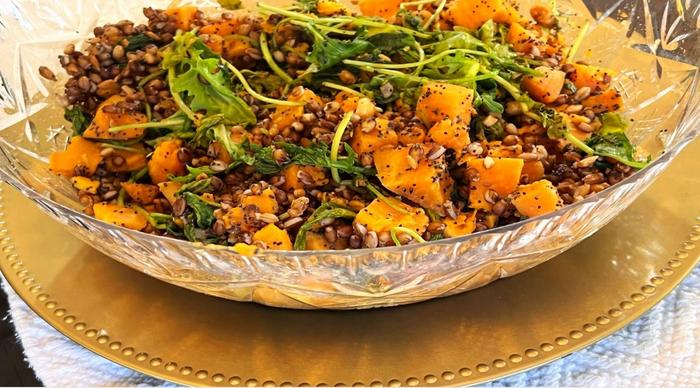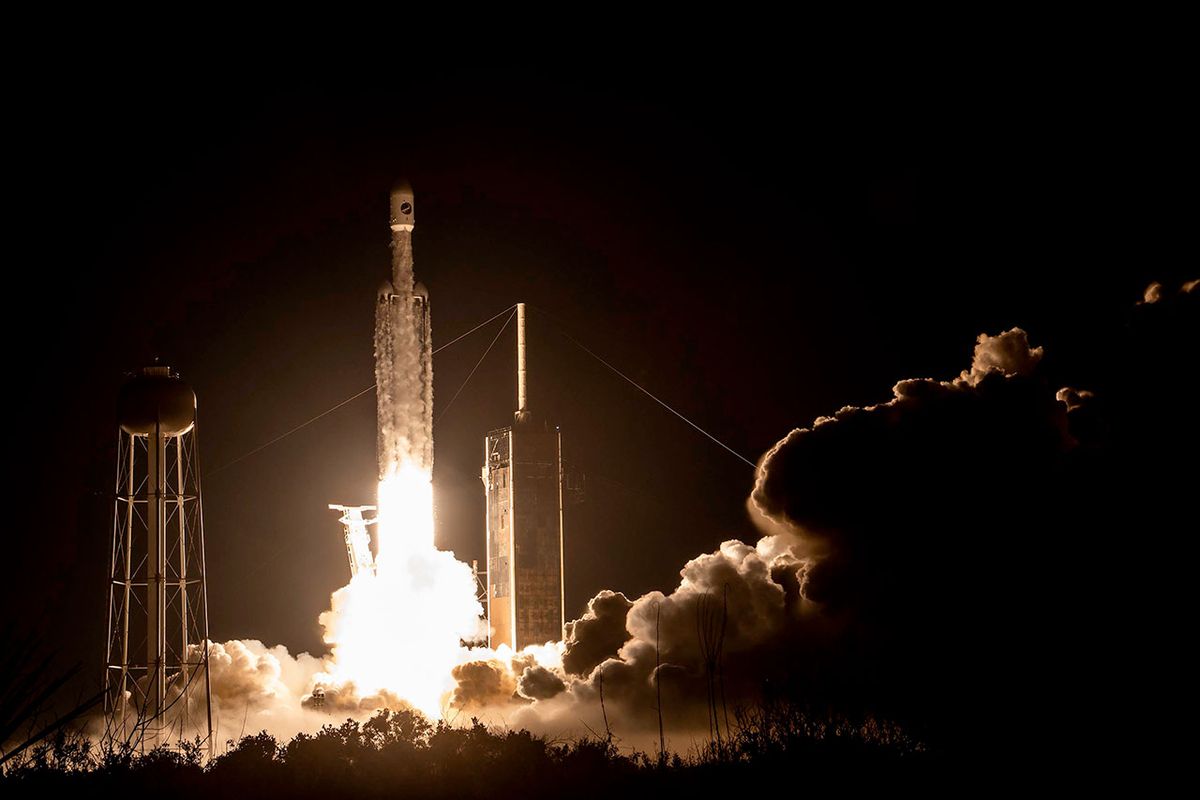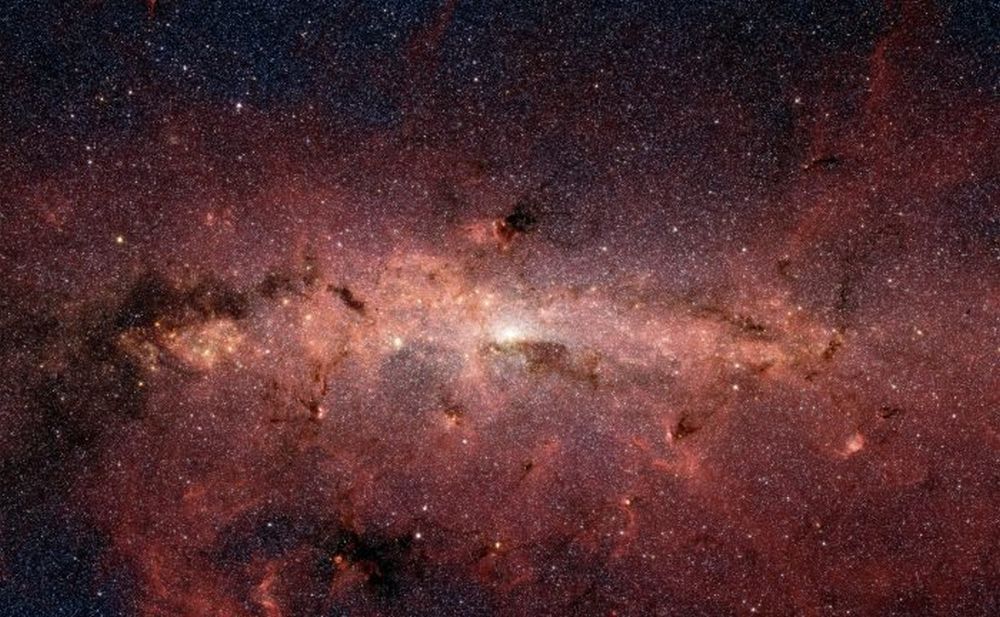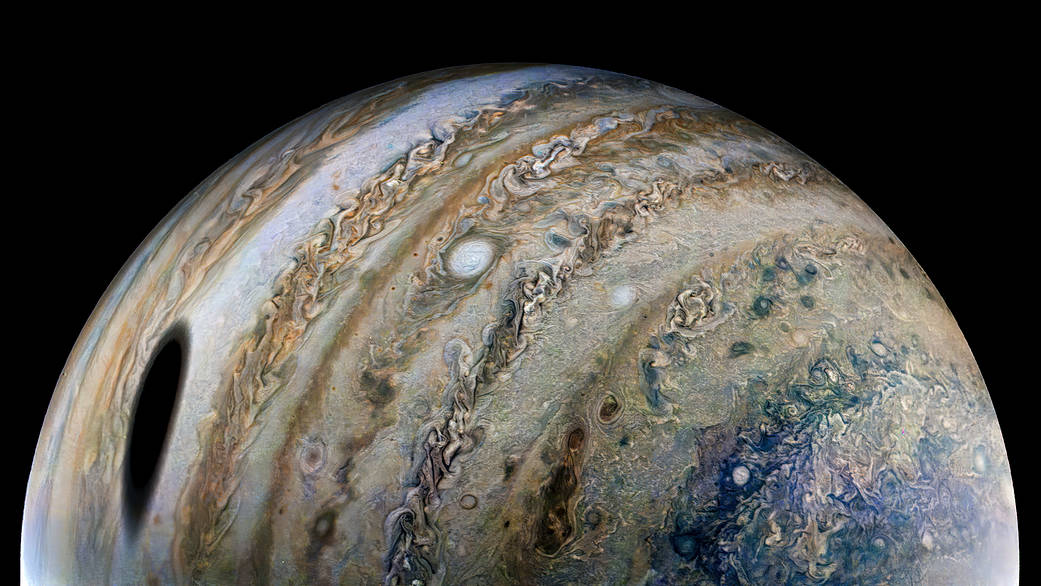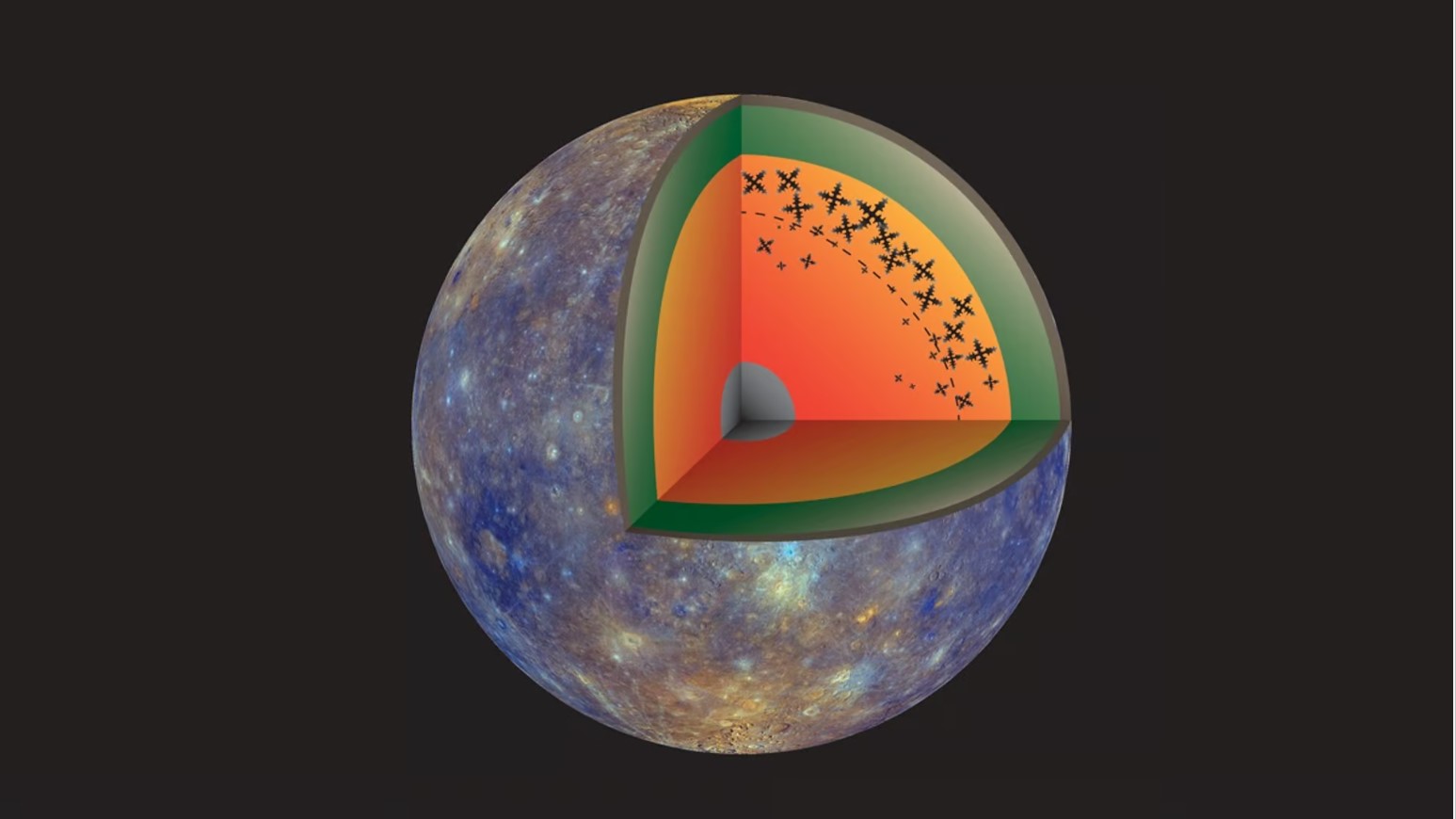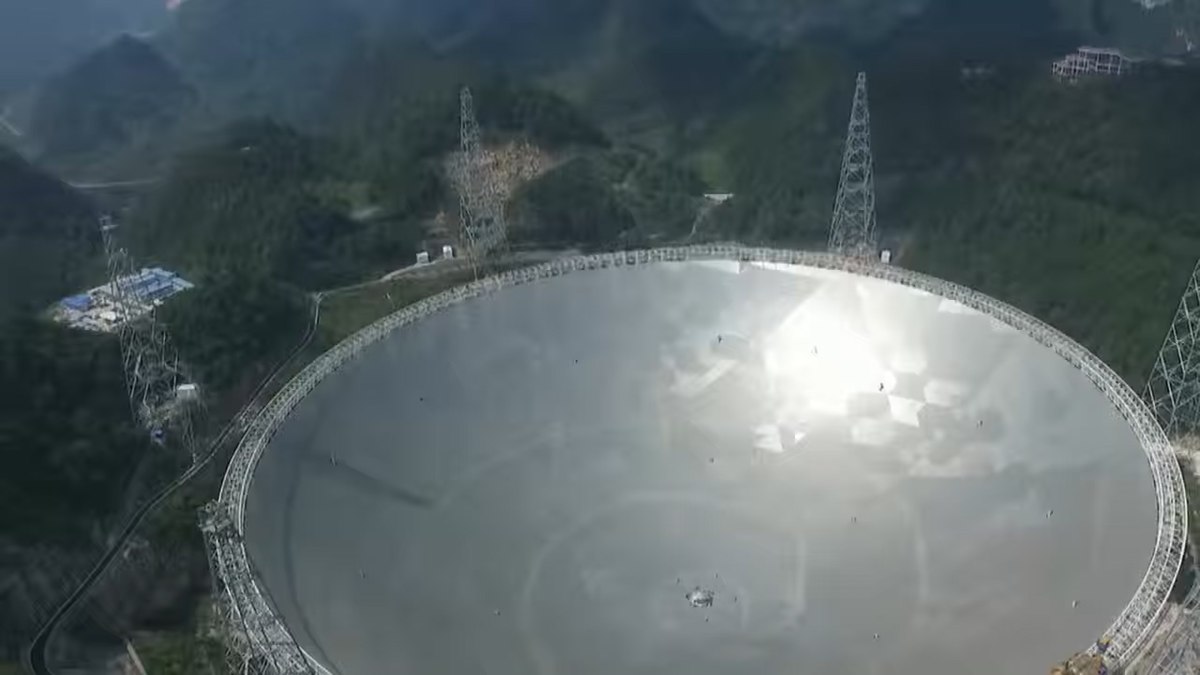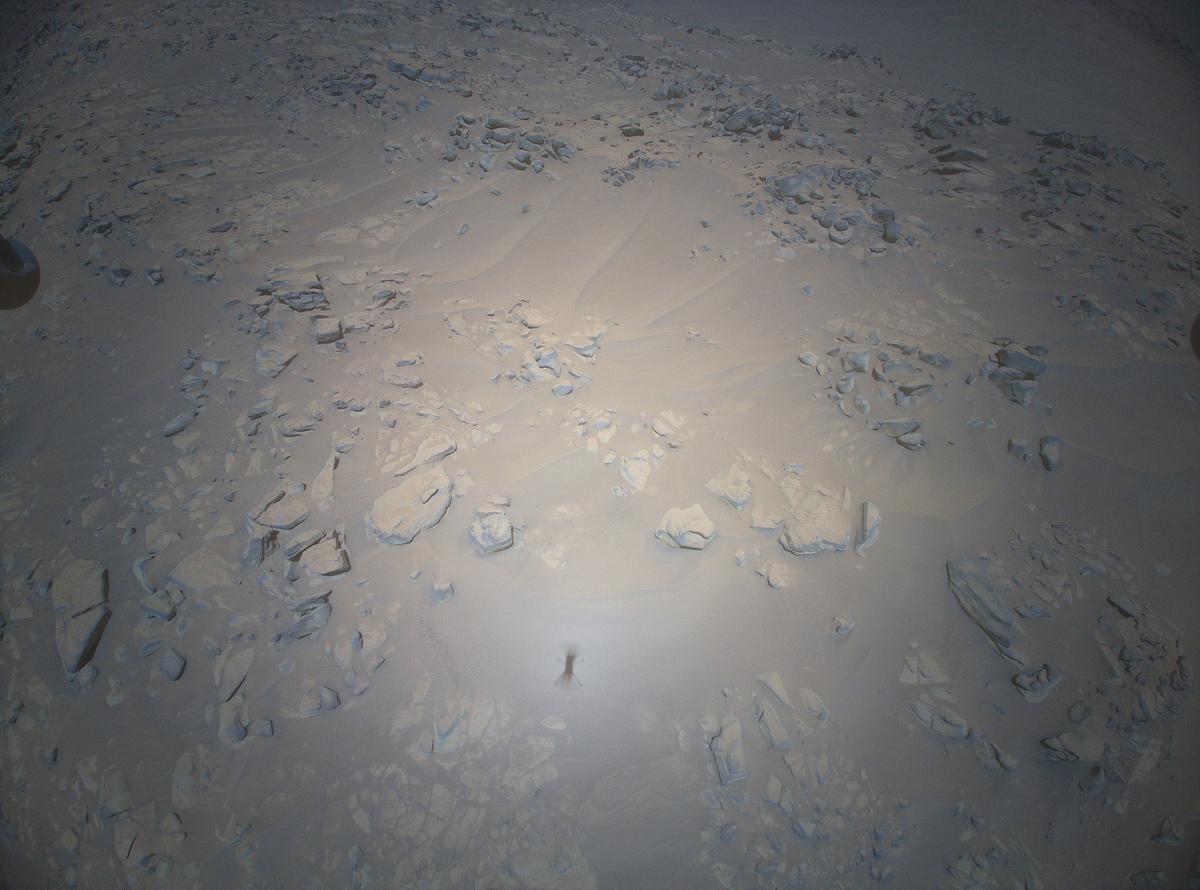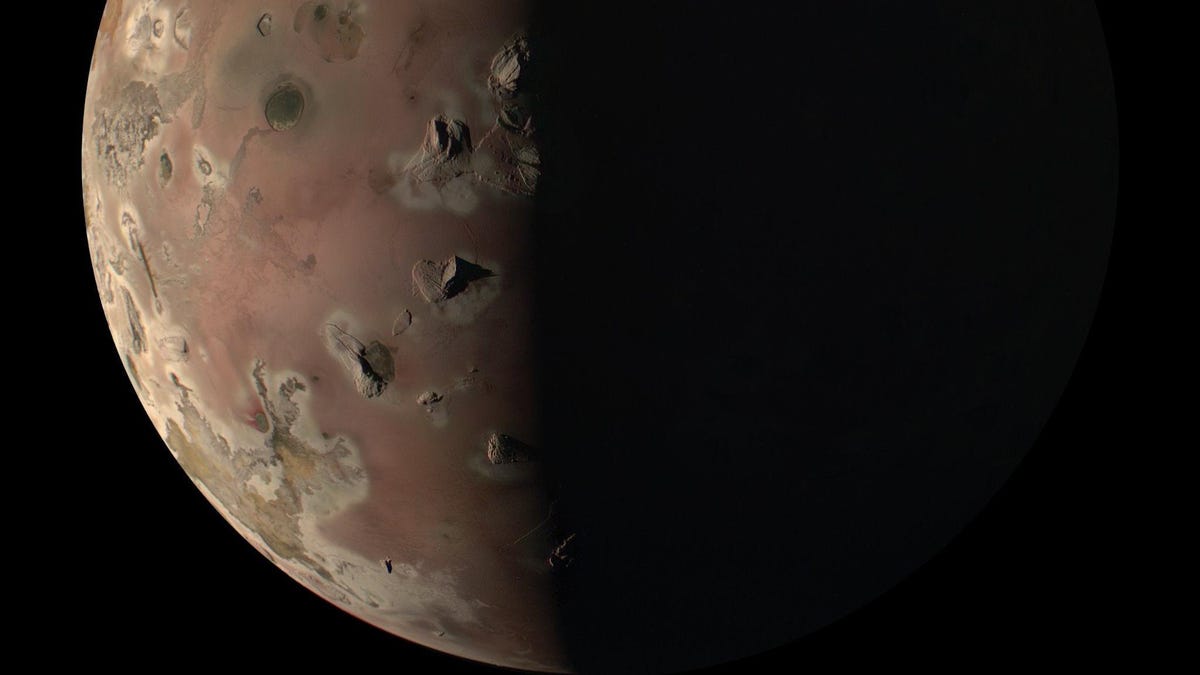Space exploration carries with it many challengs and one of them is eating, or more accurately the provision of food. During short duration missions then its reasonable to take pre-packaged meals that have been provided from Earth. For long germ missions its a different story, not only will the fearless space explorers crave fresh food its also more of a logistical challenge to take enough food for a trip spanning many years. Researchers have now developed a healthy ‘space salad’ from ingredeints that could be grown in space.
Continue reading “Spending Time in Space? Maximize Your Health with this Space Salad”Spending Time in Space? Maximize Your Health with this Space Salad
